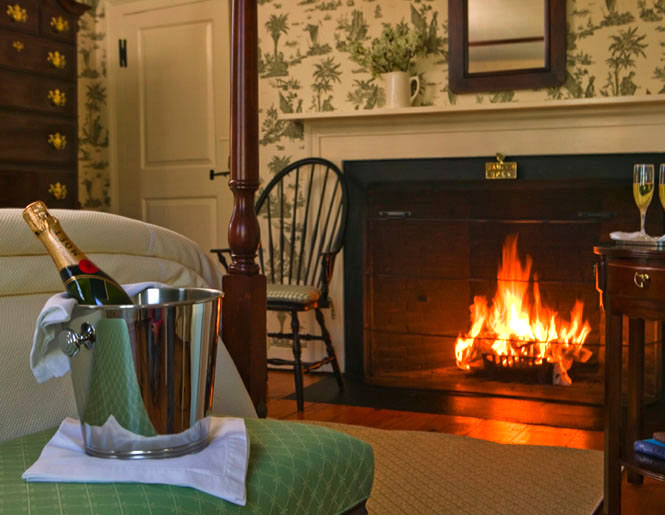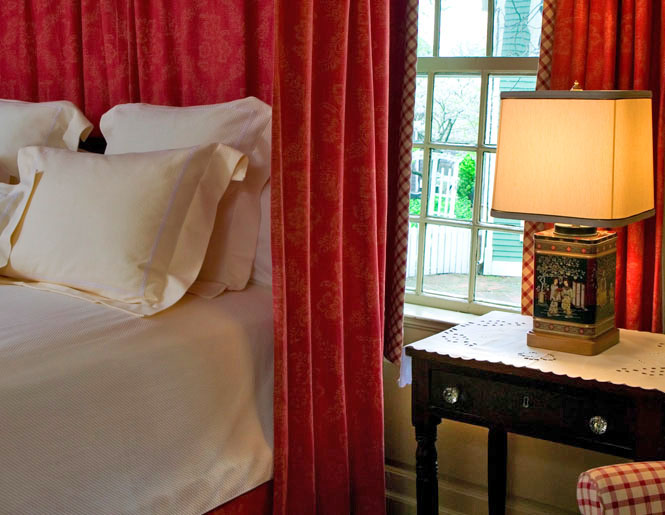A Guest Post by Nantucket Conservation Foundation
Executive Director Jim Lentowski
The island’s cranberry harvest is a sight to behold and celebrated annually by thousands of islanders and visitors at the Foundation’s one-day Cranberry Festival held at the Milestone Cranberry Bog on Saturday, October 6 (11am – 4pm). We invite you to see berries being harvested, learn about the history of cranberry farming on Nantucket, participate in the family activities, or just relax and enjoy the setting and the spectacular autumn scenery of one of the most historic and memorable places on the Island.
It’s the fall season on Nantucket, a time when after several stimulating months of high-season excitement, the remote island and its year-round residents return to a more relaxing, more normal pace.
With shorter days and cooling temperatures the island’s largest landowner, the nonprofit Nantucket Conservation Foundation, pays special attention to its responsibilities as the steward of its two active cranberry bogs. Established in 1963, the member-supported Foundation protects nearly 30% — 9,000 acres — of Nantucket for all to enjoy and learn from! Its holdings include the 195 acre Milestone Road Cranberry Bog, a place where traditional cranberry culture has taken place since 1857, and the 25 acre certified organic Windswept Cranberry Bog. Both bogs are revealing their fall colors – a rich maroon hue of the ripening fruit often back dropped during this season by intense, cloudless blue skies.
The magic of these natural processes is heightened during the October to mid-November harvest as sections of the bogs are systematically flooded and “water reeled” with the result that a solid layer of floating cranberries waits to be loaded into enormous trailers. These trucks will ultimately deliver to a mainland processor– via the freight boat and over the highway — more than 1,500,000 pounds of fruit.
Visitors, summer residents, and even long-time islanders are often surprised when they learn that the Milestone Bog is one of the oldest, continually operated farms on the Island. It is situated on a 1,060 acre conservation property owned and operated by the Foundation.
At the Milestone Bog there are 195 acres under cranberry cultivation with an additional 25 acres in production at the Windswept Bog on the Polpis Road. The Windswept Bog is especially notable because of its status as one of the few certified organic cranberry bogs in the country.
Cranberry Traditions on Nantucket
Cranberries have been grown on Nantucket since 1857 and were an important part of the Island’s economy until just prior to World War II. Before 1959, all 234 acres of the Milestone Bog were under cultivation, making it the largest contiguous natural cranberry bog in the world. Since that time, intensive efforts to conserve precious freshwater resources have resulted in the addition of ditches and dikes that subdivide the bog into smaller and more water-efficient units.These measures led to the Milestone Bog losing its status.
Since the early 1950’s, one Nantucketer has been synonymous with cranberry farming on the island — Tom Larrabee, Sr. Described as having “cranberry juice running through his veins,” Tom has managed the planting, growing, and harvesting of cranberries at the Milestone Bog for nearly 60 years. When visiting the bog there is an excellent chance that you will see Tom (pictured here) driving a “water reel.” You may also see his son, Tom Jr., who is now following in his dad’s footsteps, extending the 150+ year tradition of cranberry farming on Nantucket.
FAVORITE CRANBERRY RECIPES
CRANBERRY CRISP
Two cups whole, unfrozen cranberries; 3/4 cup sugar; 1/2 cup coarsely chopped nuts (pecans or walnuts); 3/4 stick (6 tablespoons) unsalted butter, melted and cooled; 1 large egg, beaten lightly; 1/2 cup all-purpose flour sifted with 1/2 teaspoon cinnamon and 1/8 teaspoon grated nutmeg; confectioners’
sugar for garnish, vanilla ice cream as an accompaniment. Spread the cranberries in a well-buttered shallow 8-inch round baking dish. In a small bowl combine 1/4
cup of sugar, nuts, and 2 teaspoons of butter and sprinkle the mixture over the cranberries. In a bowl beat the egg with the remaining 1/2 cup sugar until well combined, stir in the flour mixture, and add the remaining 4 tablespoons butter, 1 tablespoon at a time, beating well after each addition. Spread the batter over the cranberries in an even layer and bake the crisp in a preheated moderate oven (350° F.) for 45 minutes. Sift the confectioners’ sugar over the dessert and serve with the ice cream. Serves 6 to 8.
CRANBERRY BUTTER
One cup fresh, unfrozen cranberries; 1 1/2 cups confectioner’s sugar; 1 stick (8 tablespoons) unsalted butter, cut into bits and softened; 1 tablespoon fresh lemon juice.
In a food processor fitted with a steel blade, puree the cranberries with the sugar. Add butter and lemon juice and blend the mixture until smooth. Transfer to a serving bowl, cover and chill until firm. Serve the butter on toast, waffles, or biscuits. Makes about 1 1/2 cups.
WHOLE CRANBERRY SAUCE

Two cups fresh or frozen whole cranberries; 1/2 cup sugar; 1 cup water; 1 package orange gelatin. Boil sugar and water for 5 minutes. Add cranberries and cook slowly without stirring until berries break open—about 5 minutes. Pour off liquid and add it to the gelatin. After the gelatin is fully dissolved, add 1 additional cup of water to this mixture. Add the cooked cranberries, pour into a mold and chill.
CRANBERRY UPSIDE-DOWN MUFFINS
Two cups unfrozen cranberries, coarsely chopped; 1 1/4 cups sugar; 1/2 teaspoon grated nutmeg; 2 cups all-purpose flour; 1 tablespoon double-acting baking powder; 1/2 teaspoon salt; 1 large egg, beaten lightly; 1/2 stick (4 tablespoons) unsalted butter, melted and cooled; 1 cup milk. In a heavy saucepan combine the cranberries, 1 cup of the sugar, and nutmeg and cook the mixture over high heat, stirring, until the sugar is dissolved. Cook the mixture, covered, for 3 minutes and cook it, uncovered, over low heat for 3 minutes more. Into a large bowl sift together flour, baking powder, the remaining 1/4 cup sugar, and the salt. In a small bowl combine the egg, butter, and milk and stir this into the flour mixture until the batter is just combined. Divide the cranberry mixture among 16 well-buttered 1/3 cup muffin tins, top with the batter, and bake in a preheated hot oven (400°
F.) for 20 to 25 minutes, or until they are puffed and golden. Let the muffins cool in the tins for 2 minutes, invert a serving dish over them, and flip the muffins onto it. Makes 16 muffins.
The Nantucket Conservation Foundation is a member-supported nonprofit organization. Jim Lentowski serves as its executive director.

Photo: Mary Haft
For additional information visit us at: www.nantucketconservation.org
All photos (except recipe photos and Jim Lentowski photo) courtesy of Jim Lentowski.












